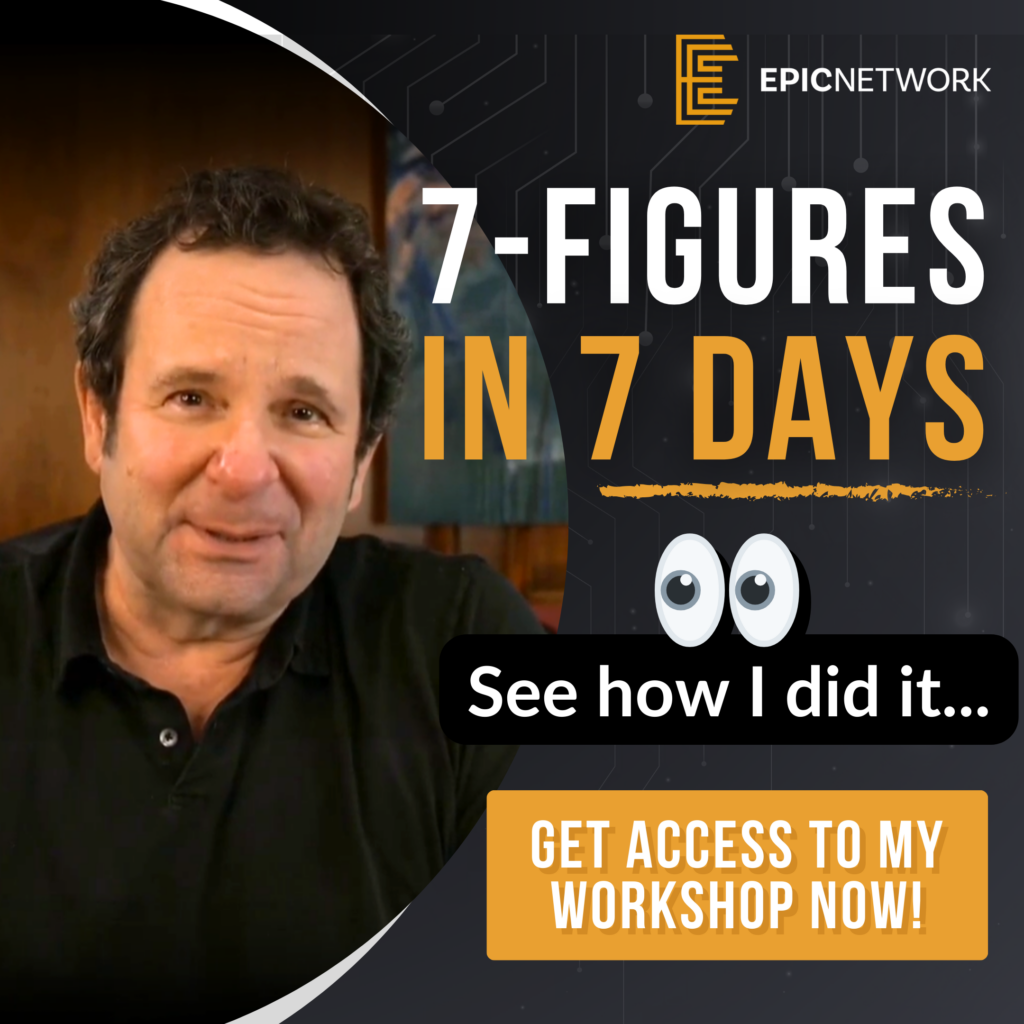
When entering a joint venture or partnership, maintaining your personal branding in business partnerships can be challenging. In this post, I’ll break down how to ensure your personal identity thrives while contributing to the growth of a shared brand.
Keep Your Personal Brand Intact
Your personal brand serves as a foundation for your reputation and expertise. When collaborating with a larger business, continue sharing stories about your successes and experiences through your personal platforms. By doing this, you reinforce your identity as a thought leader while supporting the overall success of the partnership.
Key Tip: Use platforms like LinkedIn and personal blogs to share insights about the partnership while maintaining focus on your personal journey.
Align Branding While Preserving Identity
When merging brands or working under a larger business umbrella, clarity on brand positioning is crucial. If your personal brand offers unique services, it can coexist independently while still contributing value to the larger brand.
For example, if your personal brand specializes in high-performance coaching and you partner with a fitness brand, highlight how both can complement each other without merging identities.
Considerations for Alignment:
- Define roles and brand contributions early.
- Highlight mutual benefits in public messaging.
- Ensure your personal brand receives visibility in joint campaigns.
Leverage Storytelling to Strengthen Both Brands
One of the most effective ways to maintain personal branding in business partnerships is through storytelling. Share experiences from the collaboration, including lessons learned, challenges overcome, and successes achieved. This narrative approach not only engages your audience but also positions you as a key contributor to the success of the joint venture.
Example: If you help a brand expand into new markets, share the journey, emphasizing your expertise and contributions to the process.
Why Personal Branding in Business Partnerships Matter
Your personal brand doesn’t just build your credibility; it adds value to the partnership. A strong personal identity can:
- Attract new audiences and clients.
- Enhance trust in the partnership.
- Open doors for future collaborations.
Final Thoughts: Maintaining personal branding in business partnerships requires balance. By keeping your identity visible, aligning branding strategies, and leveraging storytelling, you can achieve mutual growth without losing your personal voice.
Additional Resources on Personal Branding in Business Partnerships:
- How to Build a Strong Personal Brand
- Benefits of Personal Branding
- Strategies for Effective Joint Ventures
Ready to explore acquisition strategies that fit your needs?
Book a Free Strategy Session with the EPIC Network to discover customized solutions to support your success.










